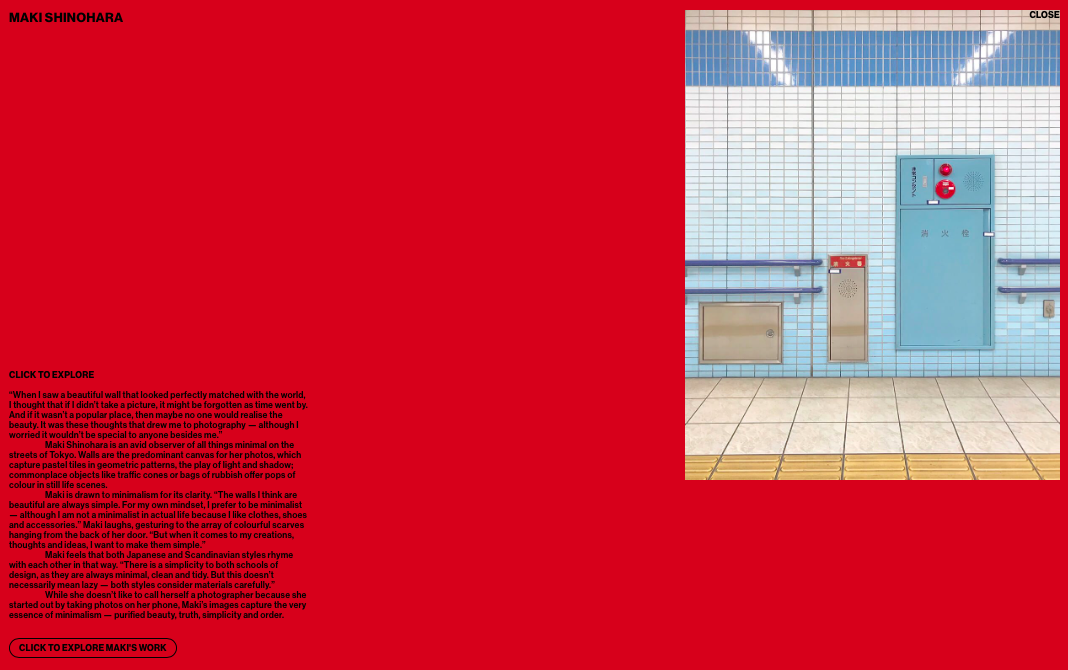“The passage from one to the other takes place in the infrathin”
Marcel Duchamp
I’ve been pondering about Marcel Duchamp’s term “infrathin” as a way of fine-tuning my perception of the overlooked and under-appreciated experiences in ordinary life. It’s really playing on my mind….. Mainly because the word is quite ineffable and partly because it is such a alluring concept to me.
Let’s start by using Duchamp’s own words to try and capture the essence of the term:
During an interview in 1945, Duchamp deliberated, "one can only give examples of it:"
The warmth of a seat (which has just/been left) is infrathin
when the tobacco smoke smells also of the/mouth which exhales it, the two odors/marry by infrathin
Infra thin separation between the detonation noise of a gun (very close) and the apparition of the bullet hole in the target.
forms cast in/the same mold (?) differ from each other by an infrathin separative amount.
So, the Infrathin in terms of everyday experiences can be described barely imperceptible moments. More like margins….Imperceptible margins between states of being, ideas and things as they transition into, out of and between one to the other.
I suppose such moments require a certain sensitivity to perceive? It takes practice to tune into ourselves in able to perceive them. And that is my mission (okay, one of my missions) for this year.
Here are a few visual examples that I have collected:










![BRASSAI [gyula halasz] - Le ruisseau serpente -1932](https://images.squarespace-cdn.com/content/v1/59de7afe8fd4d2d9babb60f5/1617176161951-SRCJCRHWOMVPU0M9HK12/b8289186a53f1792470e39fb1c438db3.jpg)



































































